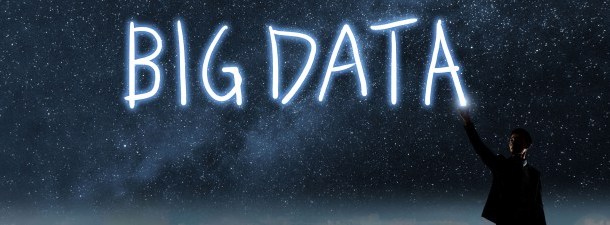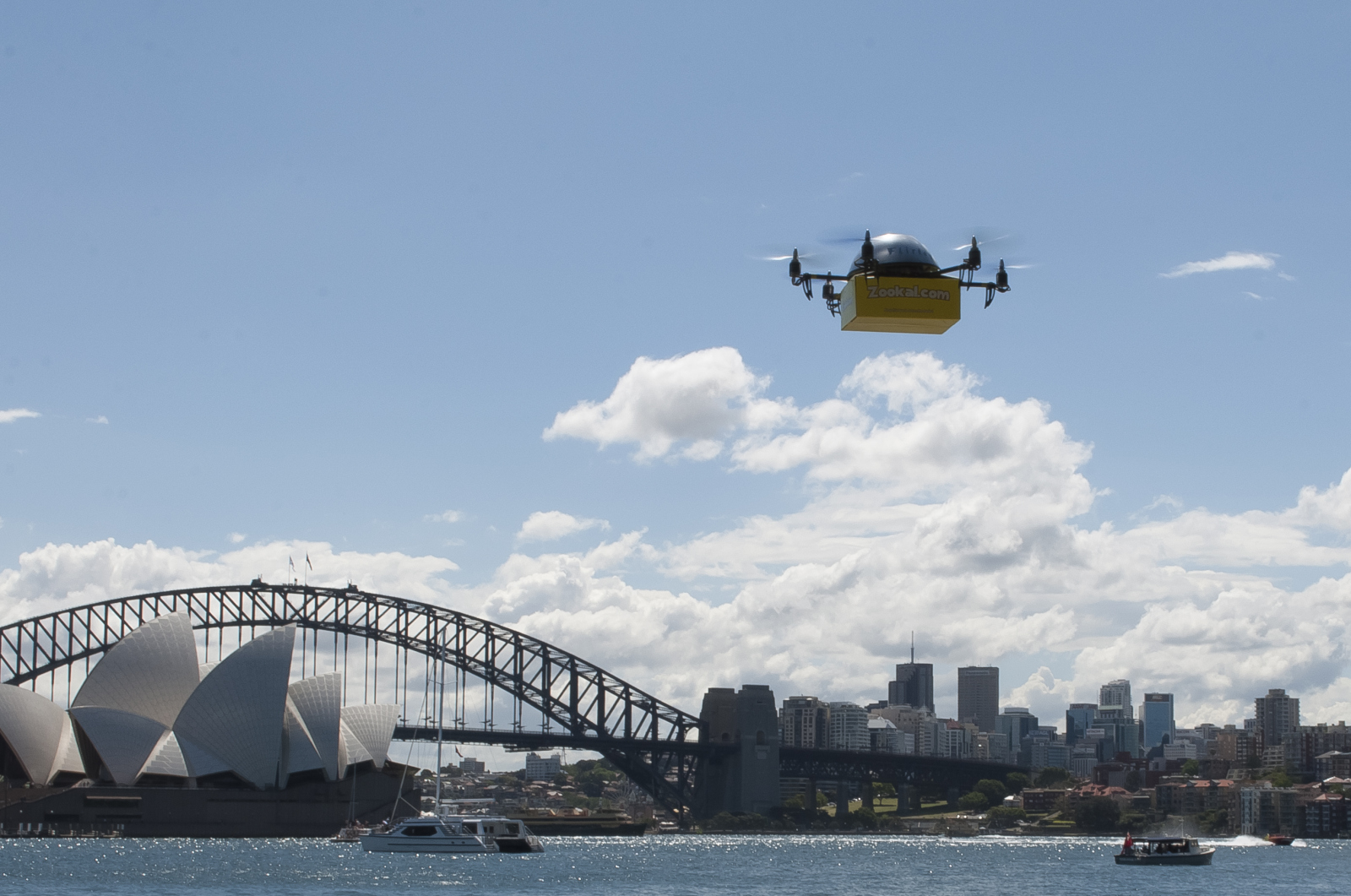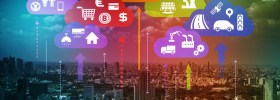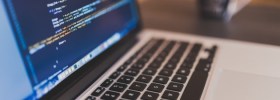We live on our smartphones, but the life-saving side of big data is actually coming more from the old-school side of the mobile phones. The simple movement of people and the simple 160-character text are providing us with powerful information that’s saving lives.
“There are people who will then research and find out ‘Why is this?’ Or change policies based on this data. Information can save lives,” said Nancy Lublin, founder of Crisis Text Line. In just over two years, 15 million text messages have been sent to “741741” from every area code in the U.S., connecting people with anxiety and depression with counselors.
It has grown rapidly because “just someone being there for them and caring and asking questions and validating can take the heat out of that moment.” Lublin said something as simple as saying “How about you put those pills in a desk while we’re talking” can make a world of difference, giving counselors time to “try to get their address because if you’re texting an active hotline, you want help.” This triggers “Active Rescue,” alerting local police is triggered when someone says something about committing suicide or hurting themselves.
Originally the counselors were addressing orders chronologically, as they came in like a customer support line, but they decided to change it to addressing text messages based on severity, like an emergency room which would take in a gunshot wound before a sprained ankle. That’s where the power of big data came in.
They feed every SMS into a database and a computer algorithm makes sense of trends in phrases. Machine learning then comes in as the database recognizes new trends like the hashtag “KMS.” This turns out to be shorthand for “Kill Myself” but before the counselors understood the trend, the algorithm associated #KSM with other suicidal words and brought it to the top of the priority key.
And it’s a constantly learning one.
Now, when someone texts signs of hurting themselves, “Those people get a human eye and human response in 1.8 minutes.”
The machine learning has also learned other word combinations:
- “numbs” + “sleeve” = 99 percent match for cutting
- “MG” + “rubberband” = 99 percent match for substance abuse
- “oral” + “Mormon” = 99 percent chance the texter is questioning their sexuality
This means that a popup will appear saying “99 percent chance of cutting,” and recommend questions to ask, if there’s a 99 percent chance of substance abuse, here are three clinics nearest to the texter.
But besides using machine learning to respond to emergencies faster, they use big data to gain insights too, like that the worst day for eating disorders is Monday, while the worst time for substance abuse is five o’clock in the morning. They publish these trends so that schools and organizations can be prepared to better react. When anti-Muslim sentiment was at its peak in the U.S. last year, they discovered a correlation between self-identification of term “Muslim” and signs of anxiety, bullying and depression, with an increase of 600 percent in October 2015 and of another 900 percent in November.
Big data saving individual and collective lives
Big data is helping us anonymously dive down to the individual, but can also help us better allocate resources to save lives in moments of crisis. When you have more than seven billion mobile phones in the world, you are generating immeasurable amounts of data that can give insight particularly into movement. A cell tower provides an approximate location of event-driven data based on call detail records and SMS records. All this comes together anonymized, encrypted and aggregated at the cell tower level to create a sensor of activity.
At March’s PAPIs Connect conference on predictive APIs, machine learning and artificial intelligence, Telefonica R&D’s scientific director Nuria Oliver talked about the experiments run in Mexico and the U.K. using this big data for social good.
They learned that big data for social good can be applied to
- help urban planning with flows of mobility (as opposed to a census that only comes out every ten to 12 years)
- official statistics
- crisis management
- public health tools — to understand how pandemics are propagating
Studying and mapping out consumption is particularly beneficial at times of crisis, like when they studied mobility during and after an earthquake in Mexico, so that the Red Cross can quickly recognize the most affected areas, with how many people in which locations. Similarly, during four days of major flooding, Telefonica combined mobile data with census data, precipitation data, and mobile landsite data from NASA, to check the effectiveness of a civil warning system.
Of course, big data will have the most impact when governments, business, and nonprofit and nongovernmental organizations get together and share data fluidly—and securely and anonymously—to make truly actionable insights.
What organizations are using big data to save lives? Tell us about it in the comments below or tweet them to us @TefDigital and @JKRiggins so we can highlight their good work next!









